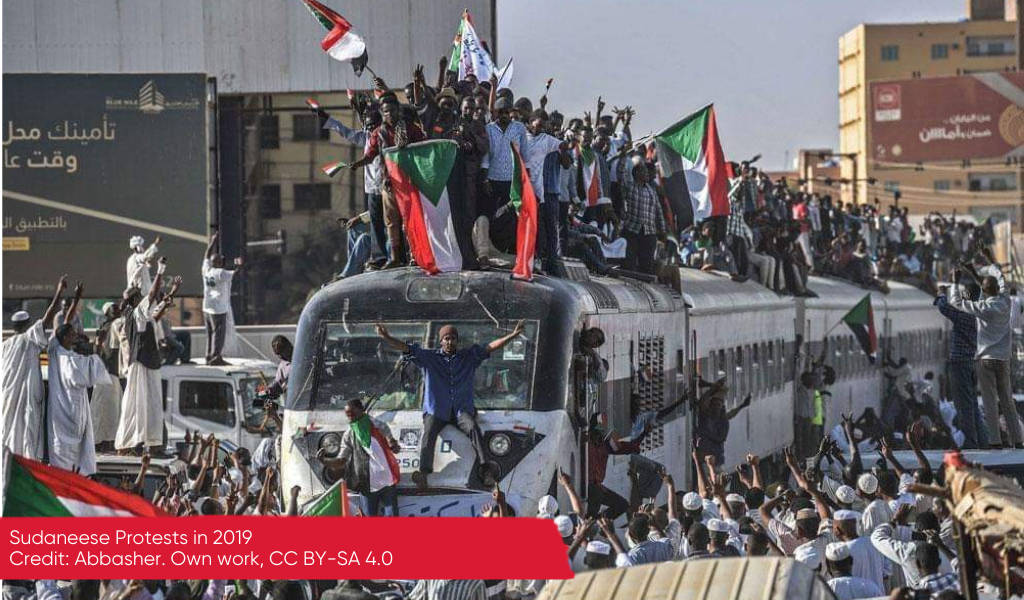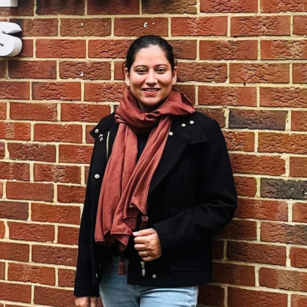It is almost two years since I wrote the Digital Rights Landscape report on Sudan, documenting improved internet access alongside increasingly aggressive government action to limit online freedom and close civic space. Unfortunately, not much has changed.

In Sudan, like in countries all over the world, the internet has provided the public greater access to information, and it has also shown great potential to mobilise citizens and encourage them to challenge leadership. In response to this Sudan is also one of the countries where the government continues to manipulate internet usage, with a total of over nine weeks of internet shutdowns/blockages being experienced since 2018 until now.
Since its independence in 1956, Sudan has been plagued by conflict. More recently price inflation triggered sporadic protests since September 2013, with the ‘bread protests’ erupting in December 2018, which were complimented by citizen protesters mobilising via social media platforms. The protests were not just a result of the increased price of bread but about the economic poverty and rising living costs, including the struggle to access daily necessities in the country.
These protests led to the fall of long-time autocratic leader President Omar al-Bashir on 11 April 2019 by the Military Council. However, protests continued as the Transitional Military Council (TMC) refused to hand over power to civilians under the pretext of deteriorating security in the country. The internet was repeatedly shut down during that time.
On the 4 of August 2019, the TMC and the opposition coalition Forces for Freedom of Change (FFC) signed a constitutional charter for a transitional period. The charter governed a 39 month transitional period with a power-sharing agreement incorporating both the political and constitutional agreements. As time was nearing for the general election to take place at the end of the transitional period; on October 25 2021, Sudan’s military seized power in a coup led by army chief Abdel Fattah al-Burhan. Leading civilian politicians were arrested and the Prime Minister, Abdalla Hamdok was detained. The military declared a state of emergency as protesters flooded the streets of Khartoum in opposition to the coup.
In the aftermath of the coup, the military leaders cut off the internet and mobile networks in an attempt to prevent protesters from organising. Protesters went out and blocked the streets and set fire to tyres in Khartoum, the capital, as well as across the country. Security forces used teargas to disperse the protesters, but this did not stop them as they chanted in Arabic “the people are stronger”.
General Abdel Fattah al-Burhan, who headed Sudan’s power-sharing ‘Sovereign Council’ and led the October 25 coup, defended their seizure of power and the dissolution of the country’s transitional government by stating that infighting between the military and civilian parties had threatened the country’s stability. At the time of the coup, the military only had a couple of months left before they had to pass leadership of the joint sovereign council to a civilian figure.
Since October 2021, numerous protests have taken place against the government across Sudan, particularly in Khartoum. With the internet being shut down for over five weeks, people in Sudan were not able to access social media platforms such as Instagram, Twitter and Facebook, which in the past complimented protests and put pressure on the government. Without the internet it was difficult for the world to know the full extent of what was happening in Sudan.
As this was not the first time the government had imposed internet shutdowns and social media blockages in Sudan, Sudanese citizens learned from the past and found ways to stay connected and fight back. People in Sudan used roaming services on international SIM cards sent from overseas to get in contact with their loved ones. Resistance committees in local neighbourhoods were walking around the neighbourhood, sharing the locations in which security forces were present and advising on safety and precautions to take. Motorbike messengers were driving around the city relaying information and distributing flyers about the planned protests.
After 25 days of complete shutdown, the internet started to come back in Sudan on 18 November 2021. However, there were still limitations on social media platforms with people reportedly having to use VPNs to get online. Once back online people in Sudan were quick to share videos, images and statements that could testify to the violence experienced during protests at the hands of the military. Security forces repeatedly attacked and used lethal force against peaceful protesters in Sudan. To date security forces have killed over 100 protesters and injured hundreds more.
Abdalla Hamdok, the prime minister, who was deposed in the October coup was reinstated a month later under heavy international pressure. He resigned on January 2 after his efforts to reach a compromise with the military was unsuccessful.
To date, protests are still ongoing across the country on a regular basis with ‘million marches’ taking place every Monday. Sudanese people are demanding civilian rule and justice for those killed since the October coup. They are determined to tell the truth of what is happening in Sudan to the rest of the world by sharing messages online, one way or another.
